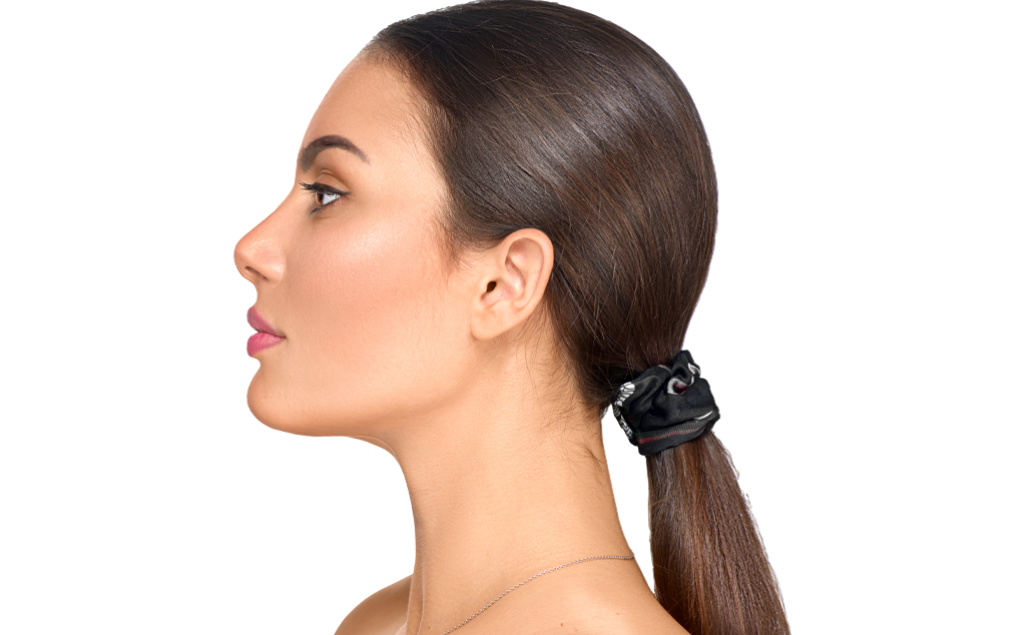Nonsurgical rhinoplasty, commonly referred to as a 'liquid nose job,' has emerged as a groundbreaking alternative to traditional rhinoplasty. This minimally invasive procedure reshapes and recontours the nose using injectable fillers, offering a less daunting option for those hesitant about surgery. In this comprehensive guide, we'll explore what nonsurgical rhinoplasty entails, its benefits, risks, costs, and everything in between.
What is Nonsurgical Rhinoplasty?
Nonsurgical rhinoplasty is a cosmetic procedure that involves the use of dermal fillers to alter the shape of the nose without the need for surgery. This treatment is typically done in a clinic and requires no general anesthesia, with results visible almost immediately.
Benefits of Nonsurgical Rhinoplasty
One of the most significant advantages of nonsurgical rhinoplasty is the minimal downtime. Patients can often return to their daily activities shortly after the procedure. The risks associated with nonsurgical rhinoplasty are significantly lower than those of surgical alternatives, and the procedure is generally more cost-effective. Additionally, if a patient is dissatisfied with the results, the procedure is often reversible, depending on the type of filler used.
Ideal Candidates for Nonsurgical Rhinoplasty
The ideal candidate for this procedure is someone looking to make minor adjustments to their nose's appearance. It's crucial for patients to have realistic expectations and understand that nonsurgical rhinoplasty can't provide the same drastic changes as surgical options.
The Procedure Explained
The process begins with a consultation, where the practitioner evaluates the patient's nose and discusses desired outcomes. During the procedure, a topical anesthetic is applied, and then fillers are injected into specific areas of the nose. Post-procedure, patients are advised on care and maintenance to ensure the best results.
Recovery and Aftercare
Recovery from nonsurgical rhinoplasty is relatively quick. Patients may experience minor swelling or bruising, but these typically subside within a few days. Long-term care involves regular check-ups and potential touch-ups, as the effects of the fillers are not permanent.
Risks and Considerations
While nonsurgical rhinoplasty is safer than surgical options, it's not without risks. Common issues include redness, swelling, and in rare cases, infection. Choosing a qualified practitioner significantly minimizes these risks.
Comparing Nonsurgical and Surgical Rhinoplasty
Nonsurgical rhinoplasty offers a less invasive, more affordable, and reversible alternative to traditional rhinoplasty. However, it's important to note that the results are temporary and less dramatic.
Cost of Nonsurgical Rhinoplasty
The cost varies based on factors like geographic location and the type of fillers used. On average, the price can range from a few hundred to a few thousand dollars.
What to Expect: Before and After Results
Setting realistic expectations is crucial. Patients typically see an immediate improvement in the appearance of their nose, with results lasting from six months to two years.
Choosing the Right Practitioner
When looking for a practitioner, it's essential to consider their qualifications, experience, and patient reviews. Research and personal consultations are vital steps in this process.
Frequently Asked Questions
This section addresses common queries about nonsurgical rhinoplasty, providing clear and concise answers to help prospective patients.
Nonsurgical rhinoplasty is an effective, low-risk alternative to traditional rhinoplasty, ideal for those seeking minor adjustments with minimal downtime. Understanding the procedure, risks, and benefits is crucial in making an informed decision.

Accelerating Recovery After Rhinoplasty: Expert Tips and Insights
Essential Tips for Speedy Recovery
Adherence to Doctor's Instructions
Importance of following the surgeon's post-op care guidelines.
Highlighting the role of prescribed medications and follow-up visits.
Listening to Your Body
Encouraging patients to be attentive to their recovery and report any concerns.
Emphasizing personal awareness in post-surgery care.
Keeping the Head Elevated
Explaining how sleeping position affects recovery.
Practical tips for maintaining head elevation during sleep.
Utilizing Cold Compresses
Benefits of cold compresses in reducing swelling.
Guiding on the correct application to avoid disturbing surgical adjustments.
Prioritizing Rest and Sleep
Discussing the role of adequate rest in the healing process.
Addressing potential sleep disturbances post-rhinoplasty and how to manage them.
Maintaining a Nutritious Diet
Importance of a balanced diet rich in proteins and vitamins for tissue repair.
Specific dietary recommendations including protein and vitamin-rich foods.

Frequently Asked Questions About Nonsurgical Rhinoplasty
How Long Do Results from Nonsurgical Rhinoplasty Last?
The duration of the results from nonsurgical rhinoplasty depends on the type of fillers used. Typically, these results can last anywhere from six months to two years. Hyaluronic acid fillers, commonly used in this procedure, tend to be absorbed by the body over time, which means the effects gradually diminish. Regular touch-up treatments can maintain the desired look.
Can Nonsurgical Rhinoplasty Fix a Deviated Septum?
Nonsurgical rhinoplasty is primarily a cosmetic procedure and does not correct internal nasal structures like a deviated septum. It's designed to alter the appearance of the nose but not to improve nasal function or correct breathing issues. Surgical intervention is typically required for functional improvements, such as correcting a deviated septum.
What Types of Fillers Are Used in Nonsurgical Rhinoplasty?
Nonsurgical rhinoplasty commonly uses dermal fillers made of hyaluronic acid, such as Restylane or Juvederm. These fillers are favored due to their safety profile, effectiveness, and reversibility. They are biocompatible, which reduces the risk of allergic reactions and allows for natural-looking results.
Is Nonsurgical Rhinoplasty Painful?
Nonsurgical rhinoplasty is generally considered less painful compared to surgical rhinoplasty. Most patients report only minor discomfort during the procedure. A topical anesthetic is often applied to minimize any pain. The sensation experienced is typically described as a slight pinch or pressure at the injection sites.
Can the Results of Nonsurgical Rhinoplasty Be Reversed?
Yes, one of the significant advantages of nonsurgical rhinoplasty is that the results are often reversible. This reversibility applies primarily to fillers based on hyaluronic acid. If a patient is dissatisfied with the outcome, an enzyme called hyaluronidase can be injected to dissolve the filler, effectively reversing the effects of the procedure. However, it's important to have this done by a qualified professional to ensure safety and effectiveness.
How long should I keep my head elevated after rhinoplasty?
It's recommended to keep your head elevated for at least 6 weeks following rhinoplasty. This position helps reduce swelling and prevents added pressure on the nose which could affect the healing process.
What are the best foods to eat during my rhinoplasty recovery?
Focus on a balanced diet rich in protein, Vitamin A, and Vitamin C. Foods like nuts, meat, eggs, yogurt, fish, leafy greens, citrus fruits, Brussels sprouts, and broccoli are ideal for aiding tissue repair and boosting the immune system.
Can I use ice directly on my nose after rhinoplasty?
It is advis.
How much rest do I need after my rhinoplasty?
Aim for a s.
What are the signs that I should contact my doctor during recovery?
Contact your doctor if you experience unusual symptoms such as severe pain, excessive bleeding, signs of infection, or any sudden changes in the appearance of your nose. Always follow up with your surgeon if something doesn't feel right.
For more detailed information and personalized advice, it's always recommended to consult with a qualified practitioner, such as those at Konuk Clinic.